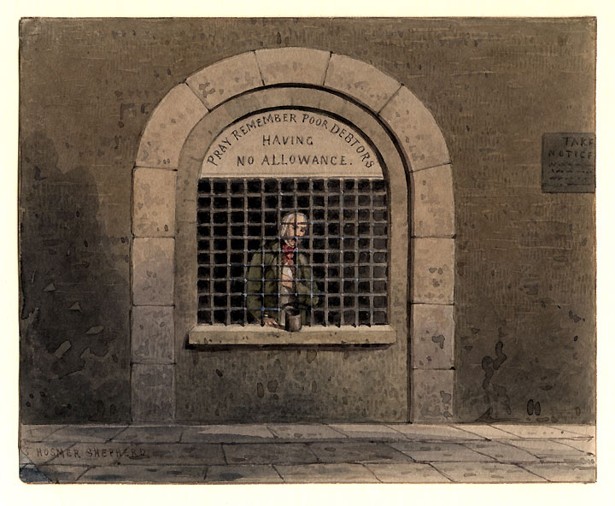Through the effort of Steve Sweeney, Paul Sarlo, Louis Greenfield, and their allies, the legislature was able to amend Chris Christie's original flat-funding state aid proposal in order to add $100 million to overall K-12 spending and redistribute $31 million from overaided districts to underaided districts.
This is an updated look at 2017-18 state aid disparities.
Sweeney's success reduces the disparities that existed in Christie's original proposal, but compared to 2016-17, the disparities are as large as ever, since underaided districts are the ones that are gaining student enrollment and/or losing tax base and thus their Uncapped Aid increased more than Sweeney was able to increase their state aid.
As always, my original data is from the Department of Education. They sent me information on enrollment, tax levy, Actual Aid, and Uncapped Aid. I used those amounts to calculate total deficits or surpluses, deficits or surpluses per student, and aid as a percentage of Uncapped Aid.
As always, I've put updated 2017-18 state aid data online.
The analysis is basically the same as other analyses I've done, but I exclude Interdistrict Choice aid from a district's aid and aid surplus or deficit. Interdistrict Choice has its own, independent aid formula that is outside of SFRA. Interdistrict Choice Aid is not subject to redistribution under the present debate, so it is wisest to exclude it from the SFRA aid that districts receive.
Here is a summary:
- The 377 underaided districts still have a deficit of -$1,965,333,325. This is almost exactly the same as the deficit for 2016-17, when our deficit was $1.93 billion.
- The 200 overaided districts still have a surplus of $637,776,892.
- The net deficit for the state is thus $1.328 billion.
- There are 70 districts who are still overaided by more than $2,000 per student. Asbury Park has the largest surplus, at +$10,943. (A $24,348,602 surplus for 2225 students)
- There are 118 districts who are still underaided by more than $2,000 per student. Bound Brook's deficit remains the largest, at -$9,546 per student.(a -$17,153,743 deficit for 1796 students.)
- Hopatcong receives 546% of its Uncapped Aid. ($11,170,937 out of $2,044,921)
- Chesterfield only receives 19% of its Uncapped Aid, the worst in New Jersey. (Chesterfield only receives $821,188 out of $4,224,394 it should get.)
- Jersey City's surplus is the largest in total terms, at $151,554,542 (Jersey City gets $410 million when it should only receive $258 million). This surplus enables Jersey City to tax at only $116 million on a Local Fair Share of $370 million.
So, as welcome as the late budget changes were, New Jersey still has a long way to go towards fairness.
The above figures include vo-techs, but exclude non-operating districts.
---
See Also this Post on State Aid Disparities under the Governor's Original Proposal






